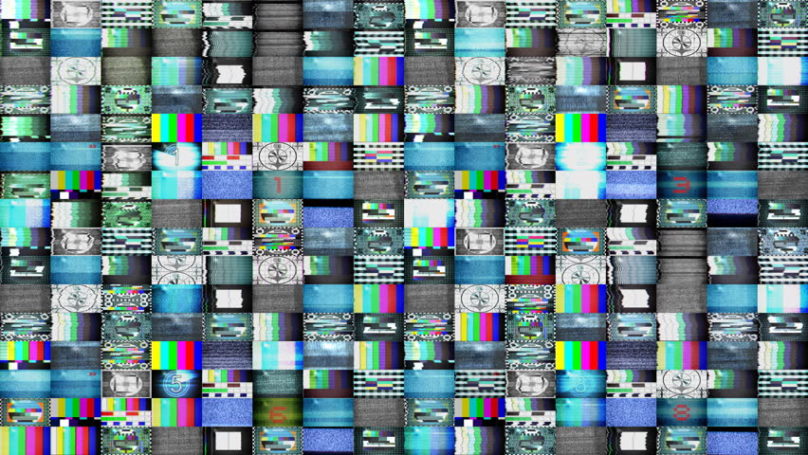M+E Daily

Technicolor: ATSC 3.0 an HDR Opportunity for Broadcasters
Story Highlights
There’s no shortage of benefits for broadcasters who latch on to ATSC 3.0, the IP-based, next-gen industry standard that allows for over-the-air delivery of everything from immersive audio to 4K video to targeted advertising.
But for companies like Technicolor, there’s an ATSC 3.0 benefit that stands out above the rest: the ability to deliver video enabled with high-dynamic range (HDR), technology that offers more contrast between light and dark images, adding more picture details to 4K content.
“While there has been considerable focus on the migration from 2K HD to 4K Ultra-HD (UHD) spatial resolutions, there is a growing consensus that HDR can introduce a dramatic and positive impact on the consumer viewing experience,” reads a new report on ATSC 3.0 and HDR, co-authored by Alan Stein, VP of research and development for Technicolor. “Therefore, HDR should be considered for deployment in the ATSC 3.0 standard.”
Overall, ATSC 3.0 will help traditional pay TV companies stay relevant in a consumer world that increasingly sees consumers cutting the cord in favor of streaming and OTT services, the report argues. And of the 20-plus standards in the ATSC 3.0 suite, HDR delivery is among the top benefits for traditional broadcasters.
The report underscores how big of an improvement ATSC 3.0 is over the standards’ earlier iterations, with physical layer spec advancements that supports the needed bitrates for 4K video, and the ability to broadcast to mobile devices, without added data charges. And for the transport layer, benefits include the ability to deliver High Encoding Video Compression (HEVC) H.265/H.264 codec technology. And where HDR comes in is at the application layer of ATSC 3.0, with HDR, UHD 4K and next-gen sound technology all upgrading the living room experience.
“Broadcasters that integrate their adoption of ATSC 3.0 with the adoption of 4K and HDR technologies will be in a position to offer consumers an entirely new set of value propositions that will strengthen the position of broadcasting in the digital entertainment space,” the report reads. “Video quality will play a key role in the future success of broadcasting. Disruptive OTT players are already actively embracing the development and distribution of HDR streams to the current generation of smart televisions.”
In the report, Technicolor touts its own HDR delivery solution for ATSC 3.0, which allows for both standard and HDR video to be delivered in a single stream, with the company’s HDR pre-processor converting the HDR stream into a 10-bit standard dynamic range compatible stream using metadata. That stream is encoded and transmitted in order for it to be converted back to HDR, when the stream is transmitted to a device that handles HDR, while the metadata is ignored by non-HDR devices.
“ATSC 3.0, a disruptive force in its own right, will provide the technologies and contexts necessary for supporting this transformation,” the report concludes. “Because it is IP-based, ATSC 3.0 will enable broadcasters to reach smartphones, tablets and other mobile devices so people can watch programs — particularly live news and sports events — wherever they go.”
To access a copy of the report, click here.









